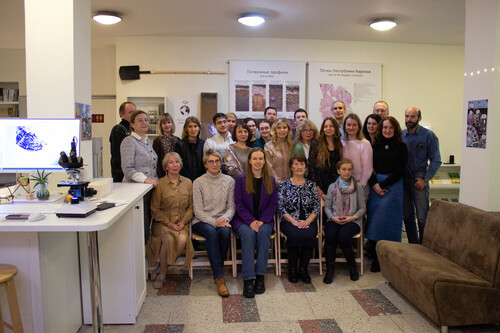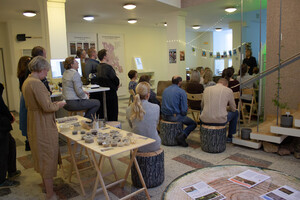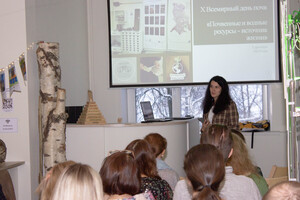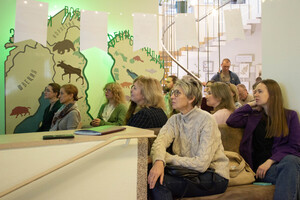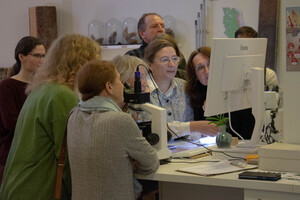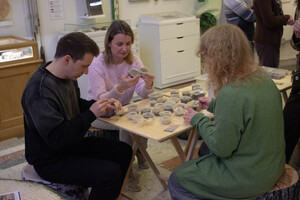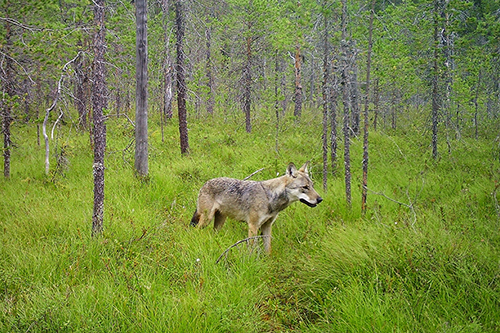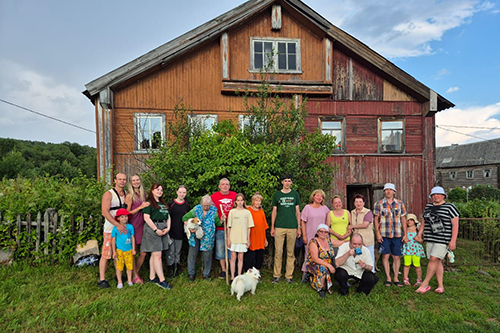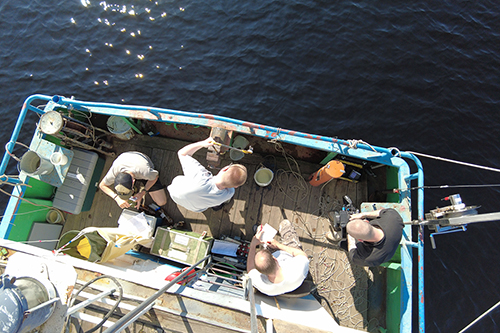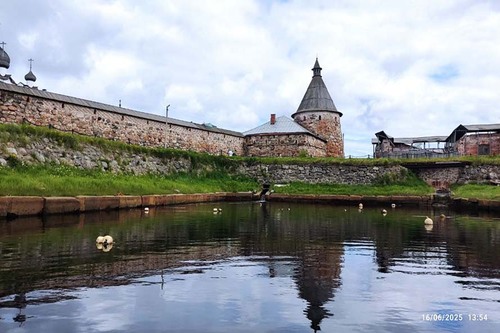— As to the World Soil Day, there is certainly every reason to celebrate it in Karelia. Our researchers study soils not only within the region, they also participate in lots of expeditions around the country as well as abroad. Recent conferences prove there is much interest in soils of our region among researchers from all over Russia. One of the region’s unique soil objects is so-called “Olonets black earths” — the soils that form over shungite schists and have unique features and high productivity. Notwithstanding the many discoveries already made, the soil map still has some white spots to be explored. I wish Karelian soil scientists further field research and, of course, interesting publications, — stressed KarRC RAS Director General Olga Bakhmet.

In September, Karelian Research Centre RAS hosted the 10th All-Russian Conference “Topical Issues in the Theory and Practice of Forest Soil Science”. The event gathered over a hundred specialists from around Russia, from Belarus and Uzbekistan.




